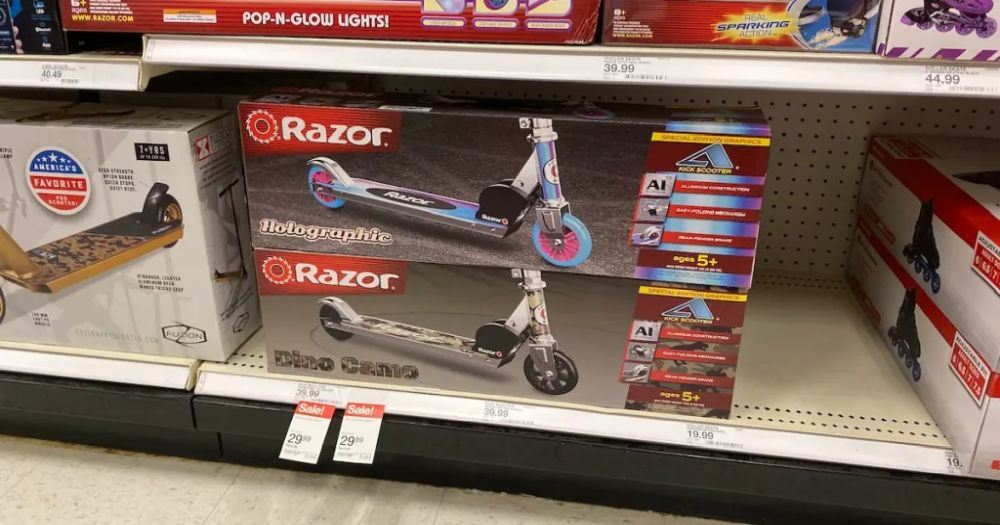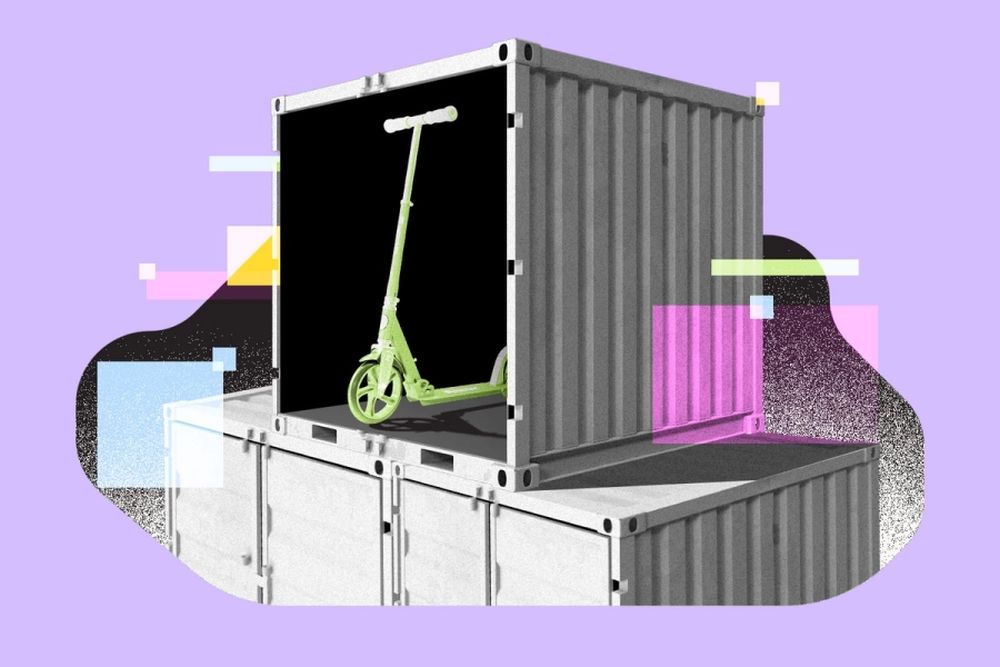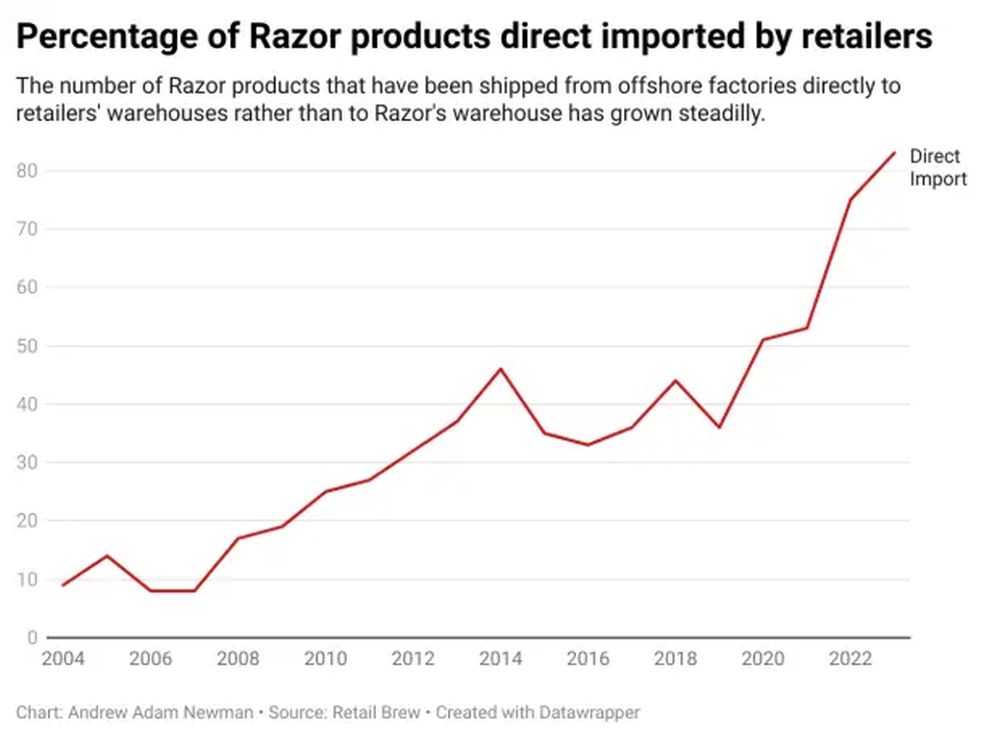Remember those iconic Razor scooters that took playgrounds by storm in the early 2000s? Well, Razor is still at it, innovating not just their products – think electric go-karts and mini-ATVs – but also their supply chain strategy. They’ve embraced a growing trend in the retail industry: direct import.

Traditionally, Razor, like many manufacturers, shipped products from overseas factories to their own distribution centers before they reached retailers’ shelves. But the e-commerce boom and the ever-increasing demand for efficient fulfillment have led to a significant shift. Today, manufacturers are increasingly opting to bypass their warehouses altogether and ship directly to retailers’ distribution centers. This method, known as direct import, offers several advantages for both parties.

For retailers like Walmart and Amazon, direct import allows them to leverage their buying power. Because they purchase such high volumes, they can negotiate better ocean freight deals compared to smaller manufacturers. Additionally, direct import streamlines the logistics process. With traditional distribution, Razor handled all the logistics from factory to their California warehouse, then again from their warehouse to the retailer. With direct import, the responsibility for managing the logistics from the factory to the retailer’s warehouse falls on the retailer. This can simplify the process for both parties.

The benefits for Razor are clear too. By adopting direct import, Razor has been able to significantly reduce their warehouse footprint. This translates to substantial cost savings on rent and maintenance. In 2004, only 9% of Razor’s products bypassed their California distribution center. By 2023, that number had skyrocketed to a staggering 83%. This shift has allowed Razor to streamline their operations and free up capital to invest in other areas of their business.

The trend of direct import is likely here to stay. As e-commerce flourishes and retailers prioritize efficiency, the demand for streamlined logistics solutions will only grow. This shift will necessitate further collaboration between manufacturers and retailers to ensure a smooth transition and optimized supply chains. Whether you’re a manufacturer or a retailer, staying informed about the evolving landscape of direct import is vital for navigating the ever-changing world of retail.

